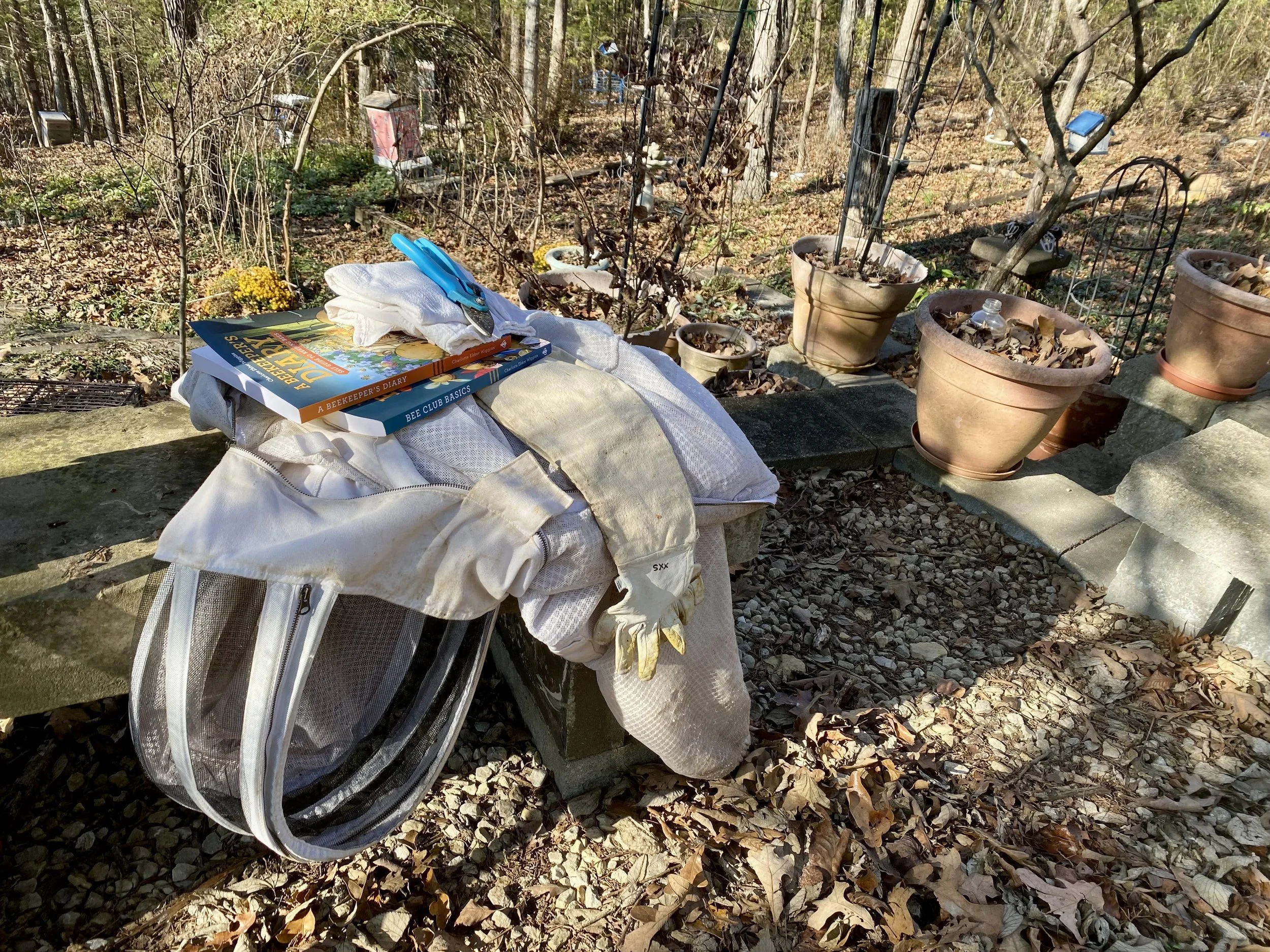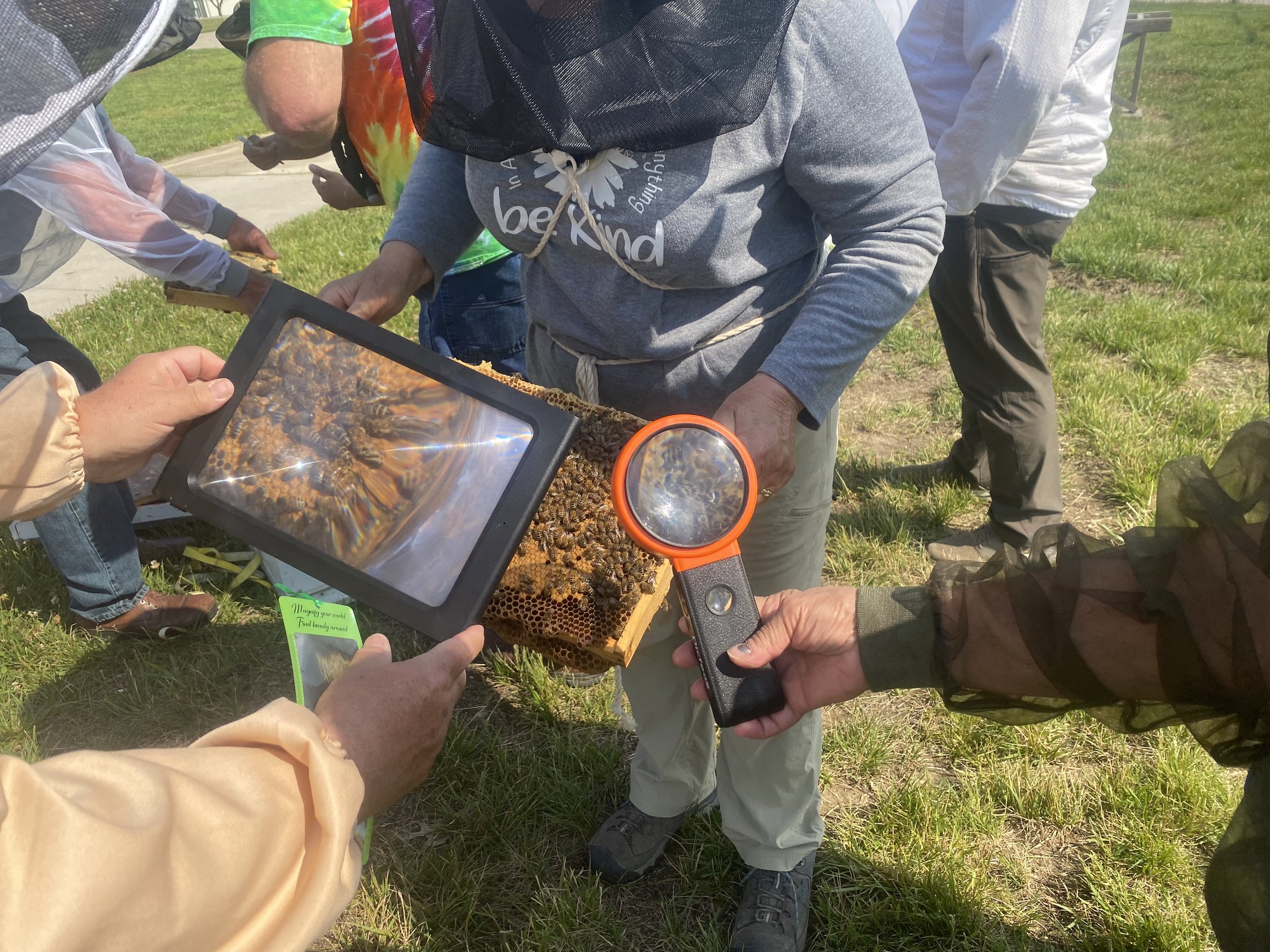Beekeeper Gift Ideas
/beekeeping gifts are not only found in bee supply catalogs, look to your kitchen for muslin towels. (charlotte ekker wiggins photo)
“Charlotte I really enjoy your blog and have a question. My wife is a new beekeeper and I have no idea what to get her for Christmas. Any suggestions?” — Harold
Beekeeper Gift Ideas
Beekeeper Gift Ideas for all occasions!
Since I've been getting so many requests for beekeeper gift ideas, here's my top 10 list of gift items beekeepers may like to receive for any occasion. Some are non-traditional items but very useful, others may require a little creativity. All are items I've used, given and made:
Fitted beekeeping gloves. Take your wife’s fitted winter gloves and try to match beekeeping gloves in size. Most beginning beekeepers initially buy gloves that are too big. They should fit like a glove and need to be beekeeping gloves, not gardening gloves.
Beekeeping jacket. Beginning beekeepers also tend to buy a full suit when most of their beekeeping careers they will only need a jacket with veil. The jacket should be larger for ventilation.
Muslin kitchen towels. Muslin kitchen towels are very versatile in the apiary from keeping the beekeeper cool to keeping bees calm instead of using smoke. Available in kitchen section of most big box stores and no, terry cloth is not the same.
A Beekeeper’s Diary. This is the book I would have liked to have had when I started keeping bees 15 years ago. This award-winning paperback book is a guide and diary in one. Autographed copies here. Also available at Amazon and 10% off at Ingram Spark.
Bee charm. Bee charms are popular and easily available now. Find one your wife can wear on a necklace or get a set of bee earrings.
Beekeeper nutcracker. You can take a traditional nutcracker and easily turn it into a beekeeping one. I found the one in photo at a local thrift store and with a little paint and black tulle, turned into a beekeeper. Stick on bees available from Amazon. The white hive came from Hill and Company out of Illinois, a three-dimensional printed hive with inside plastic frames.
Garden pruners. A good pair of garden snips are important for a beekeeper to have handy from cutting back growth in front of a hive to clipping a branch with a bee swarm. Most big box garden centers will have a nice variety.
Garden caddy for 5 gallon bucket. Beekeepers depend on 5 gallon food-grade buckets for a lot of things including hauling equipment around. Get a garden caddy to attach to a bucket to store and haul beekeeping equipment.
Notebook with bee theme. Beekeepers have to keep good records so a fun notebook with a bee theme will make finding stored notes easy.
Bee Club Basics, How to Run a Bee Club. For that beekeeper who wants to start a local club to share information and build a local beekeeping network. Autograph copies here. Also available on Amazon and 10% off on Ingram Spark.
For more gardening, beekeeping, cooking and easy home decor tips, subscribe to Garden Notes.
Charlotte





























